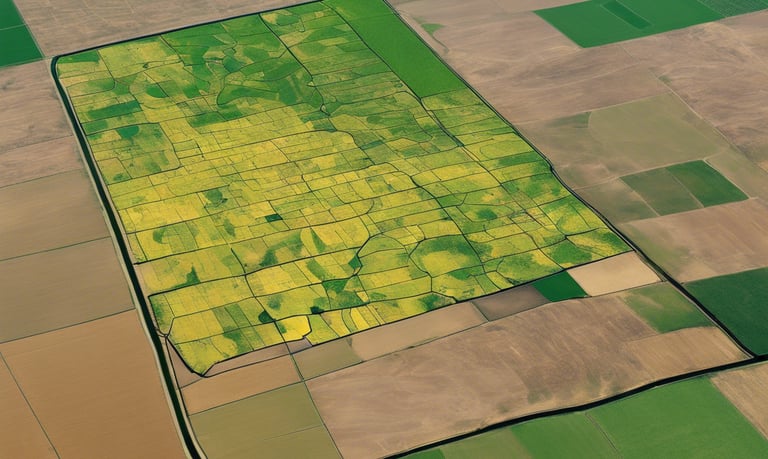Altering Trends in West African Agricultural Land Use
A recent study (PhD dissertation) has unveiled significant shifts in agricultural land use across West Africa, underscoring both opportunities and challenges for the region's agricultural sector. The research, which focused on Benin, Burkina Faso, Côte d’Ivoire, and Nigeria, revealed notable trends in land use and the impact of climate variables.
SPOTLIGHT


A recent study (PhD dissertation) has unveiled significant shifts in agricultural land use across West Africa, underscoring both opportunities and challenges for the region's agricultural sector. The research, which focused on Benin, Burkina Faso, Côte d’Ivoire, and Nigeria, revealed notable trends in land use and the impact of climate variables.
The findings indicate a consistent increase in agricultural land use over time in all four countries, coupled with a decline in forestland use. This trend raises serious concerns about deforestation and its environmental consequences. In Benin and Nigeria, the majority of agricultural land is dedicated to crop production, whereas Burkina Faso and Côte d’Ivoire primarily use their agricultural land for pasture production.
The study also explored the long-term effects of temperature, rainfall, and carbon dioxide (CO2) on agriculture. In Côte d’Ivoire, rising temperatures have a significant positive impact on agricultural productivity. However, this effect is negligible in Benin, Burkina Faso, and Nigeria. Rainfall affects agriculture differently across the region: it positively impacts agriculture in Benin but has a negative effect in Côte d’Ivoire. In Burkina Faso and Nigeria, rainfall does not significantly influence agricultural productivity.
CO2 levels also play a complex role. Higher CO2 levels adversely affect agriculture in Benin and Nigeria, while in Burkina Faso and Côte d’Ivoire, increased CO2 levels benefit agricultural productivity. These findings highlight the varied impact of climate change on different countries and agricultural subsectors.
Looking ahead, the study's forecasts provide insights into the future of West African agriculture. In Benin and Burkina Faso, agricultural production, including its subsectors, is expected to continue growing until 2030. Côte d’Ivoire will see a rise in agricultural production, except for livestock, which is projected to decrease between 2020 and 2030. In Nigeria, crop production will keep increasing until 2030. Although livestock production is anticipated to decrease between 2020 and 2025, it is expected to recover and grow from 2026 to 2030.
Given these diverse impacts, the study recommends that West African nations adopt climate-smart agriculture (CSA) practices. CSA strategies aim to enhance agricultural productivity and resilience to climate change while reducing greenhouse gas emissions. By embracing CSA, these countries can mitigate the negative effects of climate change on their crops and support their growing populations.
This comprehensive study highlights the urgent need for tailored approaches to address the specific challenges and opportunities in each West African country. By understanding and adapting to the unique impacts of climate variables, these nations can ensure a sustainable and prosperous future for their agricultural sectors.
Please note that the views expressed in this article are of the authors and do not necessarily reflect the views or policies of any organization.
Dr. Dossa Lucres Imelda Ke-Tindagbeme is a former PhD scholar at the Institute of Agricultural and Resource Economics, University of Agriculture, Faisalabad, Pakistan
